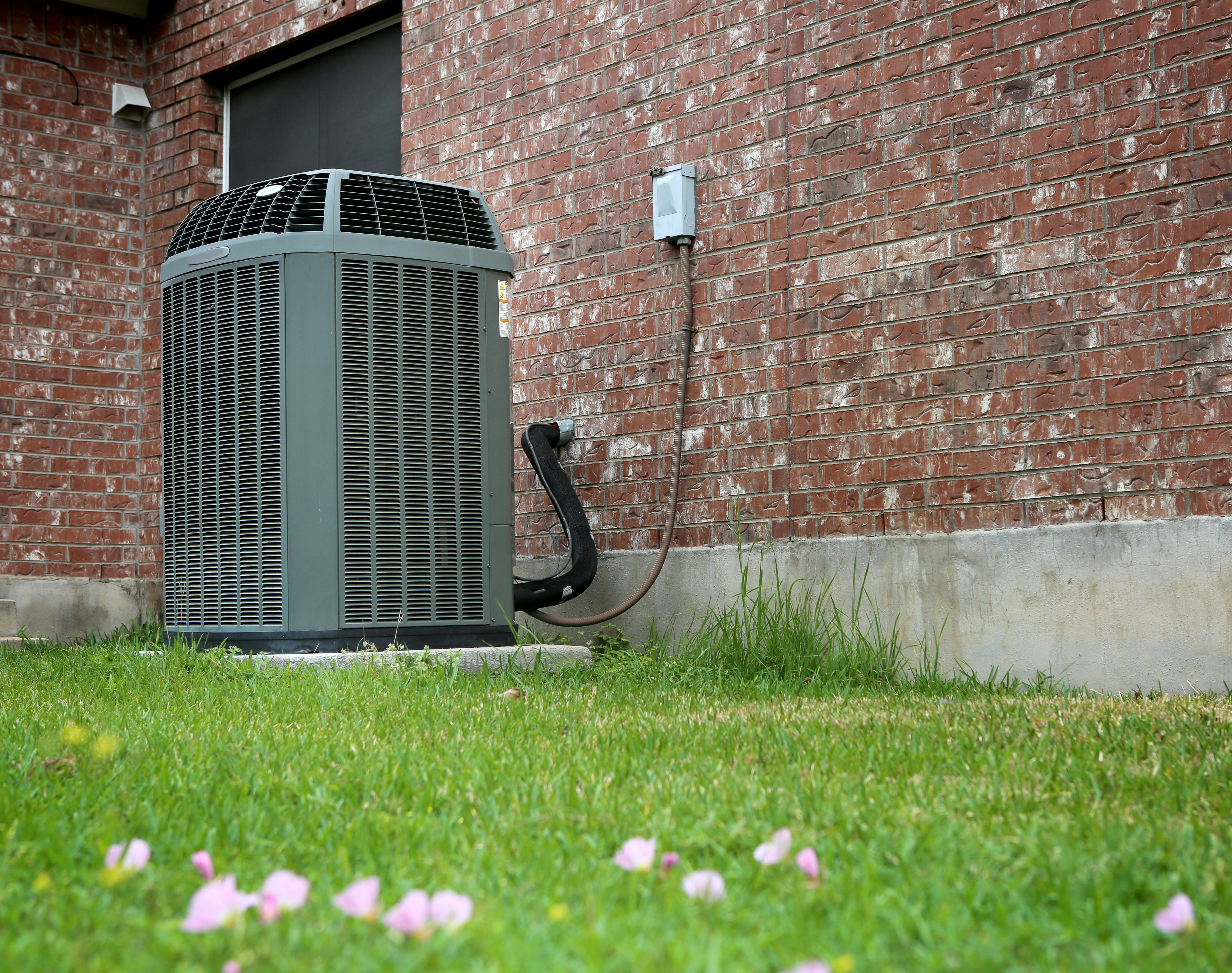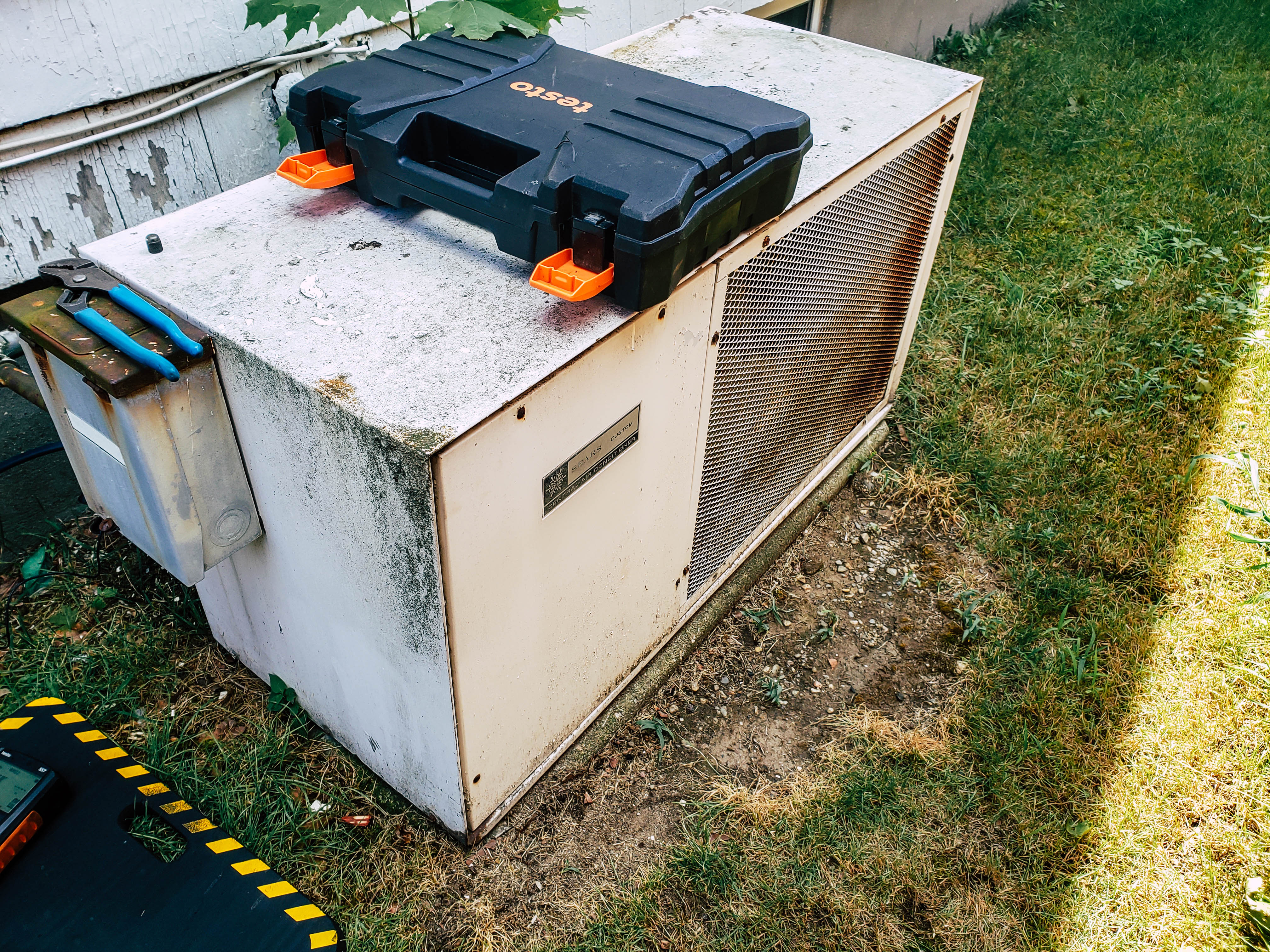Why should I have a working smoke alarm?
A properly installed and maintained smoke alarm is the only thing in your home that can alert you and your family to a fire 24 hours a day, seven days a week.
According to the National Fire Protection Association, almost two-thirds of home fire deaths resulted from fires in properties without working smoke alarms. A working smoke alarm significantly increases your chances of surviving a deadly home fire.
What types of smoke alarms are available?
There are many different brands of smoke alarms available on the market, but they fall under two basic types: ionization and photoelectric.
It cannot be stated definitively that one is better than the other in every fire situation that could arise in a residence. Because both ionization and photoelectric smoke alarms are better at detecting distinctly different, yet potentially fatal fires, and because no one can predict what type of fire might start in a home, the USFA recommends that every residence and place where people sleep be equipped with:
- Both ionization AND photoelectric smoke alarms, OR
- dual sensor smoke alarms, which contain both ionization and photoelectric smoke sensors
In addition to the basic types of alarms, there are alarms made to meet the needs of people with hearing disabilities. These alarms may use strobe lights that flash and/or vibrate to assist in alerting those who are unable to hear standard smoke alarms when they sound.
What powers a smoke alarm?
Smoke alarms are powered by battery or they are hardwired into the home’s electrical system. If the smoke alarm is powered by battery, it runs on either a disposable 9-volt battery or a non-replaceable 10-year lithium (“long-life”) battery. A backup battery is usually present on hardwired alarms and may need to be replaced. These batteries must be tested on a regular basis and, in most cases, should be replaced at least once each year (except for lithium batteries).
Install smoke alarms in key areas of your home
Install smoke alarms on every level of your home, including the basement. Many fatal fires begin late at night or early in the morning, so the U.S. Fire Administration recommends installing smoke alarms both inside and outside of sleeping areas.
Since smoke and many deadly gases rise, installing your smoke alarms at the proper level will provide you with the earliest warning possible. Hardwired smoke alarms should be installed by a qualified electrician.
Smoke alarm maintenance
Is your smoke alarm still working? Smoke alarms must be maintained! A smoke alarm with a dead or missing battery is the same as having no smoke alarm at all. A smoke alarm only works when it is properly installed and maintained. Depending on how your smoke alarm is powered (9-volt, 10-year lithium, or hardwired), you’ll have to maintain it according to manufacturer’s instructions. General guidelines for smoke alarm maintenance:
Smoke alarm powered by a 9-volt battery
- Test the alarm monthly.
- Replace the batteries at least once per year.
- The entire smoke alarm unit should be replaced every 8-10 years.
Smoke alarm powered by a 10-year lithium (or “long life”) battery
- Test the alarm monthly.
- Since you cannot (and should not) replace the lithium battery, the entire smoke alarm unit should be replaced according to manufacturer’s instructions.
Smoke alarm that is hardwired into the home’s electrical system
- Test the alarm monthly.
- The backup battery should be replaced at least once per year.
- The entire smoke alarm unit should be replaced every 8-10 years.
Never disable a smoke alarm while cooking
A smoke alarm is just doing its job when it sounds while you’re cooking or taking a shower with lots of steam.
- If a smoke alarm sounds while you’re cooking or taking a shower with lots of steam, do not remove the battery. You should:
- Open a window or door and press the “hush” button,
- Wave a towel at the alarm to clear the air, or
- Move the entire alarm several feet away from the location.
Disabling a smoke alarm or removing the battery can be a deadly mistake.
Information provided by the US Fire Administration:







Leave a reply